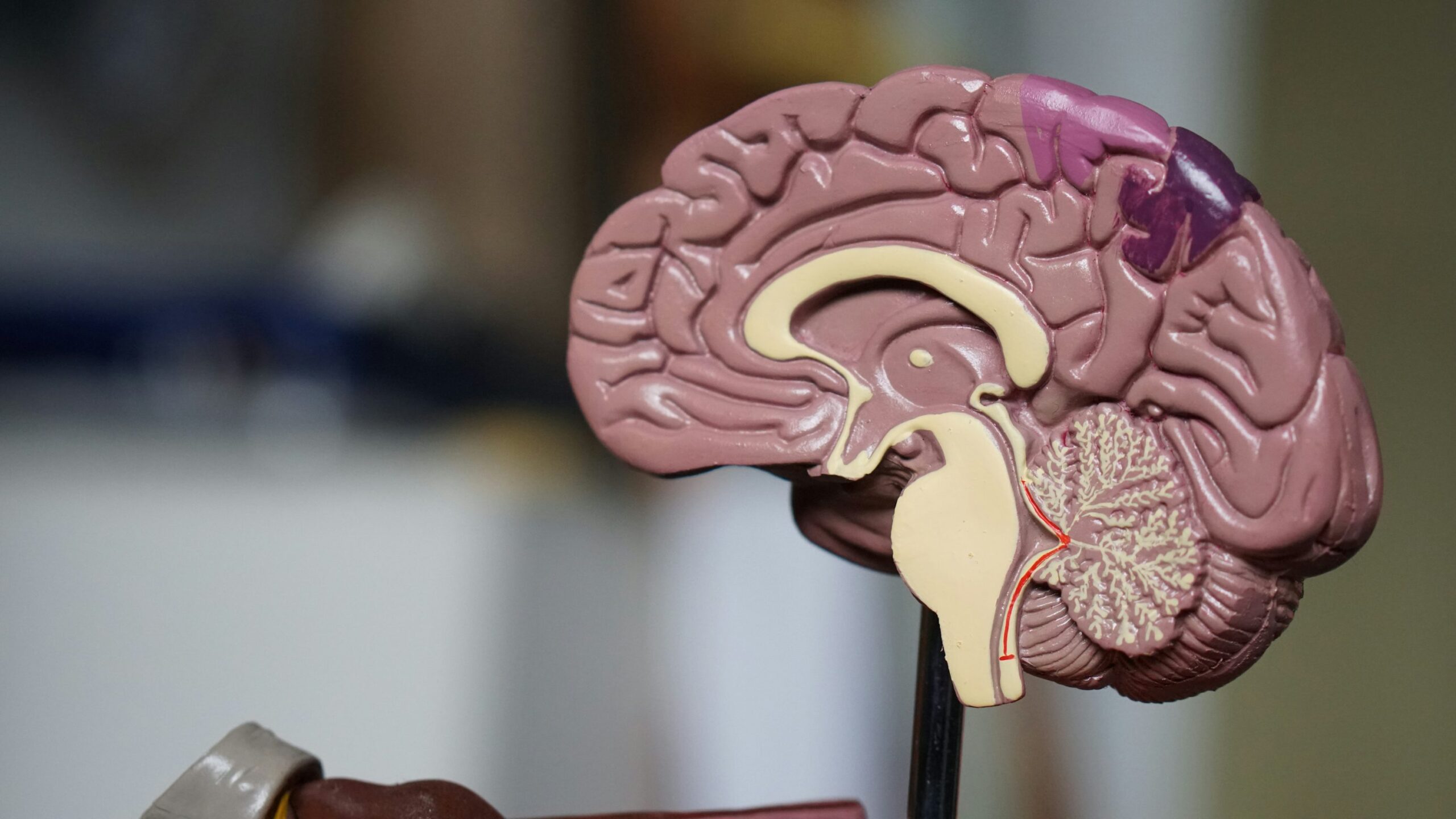Living Human Brain Tissue Network

Bristol: Michael Ashby (PI), James Hodge, Jack Mellor
Cardiff: William Gray
Exeter: Rosemary Bamford, Jonathan Witton, Nick Clifton, Doretta Caramaschi, Wendy Noble
Understanding of how the human brain functions, and fails to work properly in disease, is limited because there has historically been very little experimental access to mature human brain cells in live tissue. Human neural cells can be grown in culture from stem cells, but these conditions do not permit their full maturation or their integration into functional neural networks found in real brain tissue. Traditionally, to study brain function at the cellular level, researchers have used tissue from animal models, but these do not fully capture the complexity and specificity of human genes, cellular structure and function, or synaptic connectivity. Therefore, there is an unmet need to study the function and dysfunction of human cells within human brain tissue.
Brain tissue removed during surgery is often discarded and yet this excess, including healthy tissue, is a valuable resource for brain research. Independently in Bristol and in Cardiff, teams of NHS doctors and University-based neuroscience researchers have recently established protocols to bring freshly resected, live brain tissue from surgery theatres to local labs for study of neuronal function. Such protocols use the human tissue to study cellular function and as the basis for modelling of neuropathology associated with a wide range of disorders, including epilepsy, cancer, schizophrenia and Alzheimer’s Disease. However, working within single locations brings limitations in terms of sample availability, variation in age and in patient diversity. By working across GW4 partners to coordinate expertise, expand tissue donation sites and share tissue samples, the Living Human Brain Tissue Network aims to overcome these limitations and create a platform for studying human nervous system function and dysfunction.
Through a series of meetings, transport tests, a pilot study and the creation of online collaboration and dissemination spaces, this project intends to coordinate and align ethics clearance, establish proof-of-principle for live tissue transport, and demonstrate viability to create a biobank of genetic material from brain tissue.





